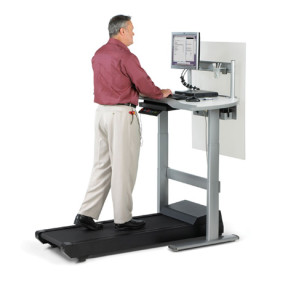
If not, it soon will. And if today’s banks don’t come to terms with this fact very soon (as in starting yesterday), they may no longer exist in 10 or even five years. How’s that for disruptive innovation?
I just finished reading Bank 3.0 —Why Banking Is No Longer Somewhere You Go But What You Do by Brett King. If this book doesn’t convince you that the world is changing faster that most of us can imagine, nothing will! It also puts to rest a common thought bubble that many business leaders are desperately clinging to: new technologies may shake things up a bit, but they won’t disrupt my industry.
In his well-researched book, King asserts that the mobile phone (in conjunction with the Internet) is causing a shift in bank practices and distribution models like nothing that has come before. Very soon, this will result in a highly mobile, portable banking world that is light years away from the traditional model of delivering goods and services through branch offices. Banks that fail to adapt to this new model will be replaced by upstarts (i.e., industry outsiders) that use new technologies to completely redefine what it means to bank.
The most fundamental change is that instead of heading to the nearest branch to conduct our banking needs, we will literally carry our bank with us wherever we go. The institutions that succeed in this radically new banking world will be those that use digital technologies to facilitate seamless mobile financial transactions whenever and wherever the customer wants.
The implications, not just to bankers but to all types of financial institutions, are staggering!
Imagine that you’ve spent the last quarter of a century developing and refining a business model that revolves around building large numbers of physical branches. Now, your customer is saying, “I don’t want to come to your branches anymore. I want to bank wherever I am. If you don’t offer that kind of mobility, I’ll take my business to someone who will.”
This not only demands that banks change virtually everything they do, it also leads the playing field wide open for new players that aren’t encumbered with billion-dollar investments in branch assets and entrenched ways of thinking.
How do you prepare for change of this magnitude in your industry? Here are a few suggestions as you head down this uncertain but necessary path:
Get out of denial. Disruptive change is here to stay. If it hasn’t hit your industry yet, it’s only a matter of time. So pull your head out of the sand and start thinking about how your industry will change and when.
Do an industry status check. How much has your industry changed in the last five years? 10? 25? Industries with the least amount of change are the ripest for disruption.
Examine your assumptions. The more you’re absolutely, positively sure you know what your customers want, they harder it is to let go of old ways of thinking. When was the last time you checked your thought bubbles against real, quantifiable data?
Expand your idea of competitive threats. Stop focusing just on existing competition and start looking at where you might be vulnerable to threats outside your industry. For example, VISA and Mastercard require a huge, global infrastructure for their credit card transactions. Very soon, however, all that will be required to facilitate payments is a cell phone and the appropriate apps. Goodbye barriers to entry; hello wide-open playing field.
Stop resisting social media. It took five to 10 years for companies to really figure out how to do business on the Internet. We’re now reaching that point with social media. Stop seeing it as just a tool for blasting marketing messages to your target markets. Start exploring ways to use it to facilitate delivery of your products and services.
Expand your data sources. Even when you expect disruptive change, it can be hard to see where it will come from and what it will look like. Make it a habit to gather data from outside your industry. Look at how other industries are getting blown up and see how those lessons might apply to yours. Ask yourself, what new technologies could remove existing barriers to entry in our industry? Who might jump in once they are gone?
Personally, I’m looking forward to not having to go to a bank anymore. Which begs two very important questions. What are your customers looking forward to not having to do anymore? And who will give it to them — you or someone else?
Call to action: Read Bank 3.0 and apply the principles to your industry.








